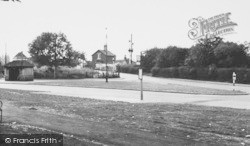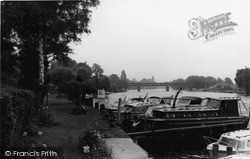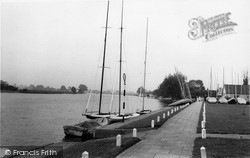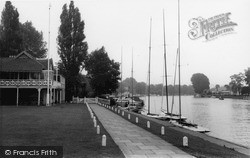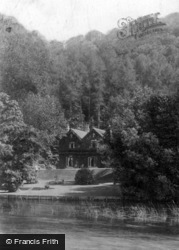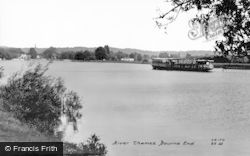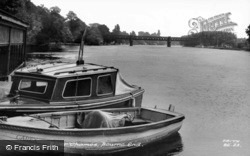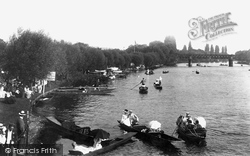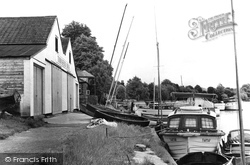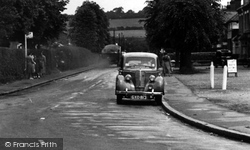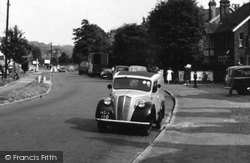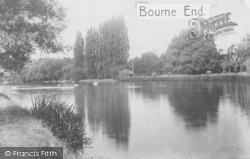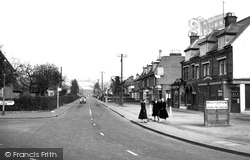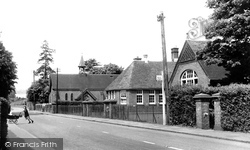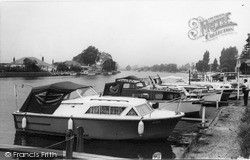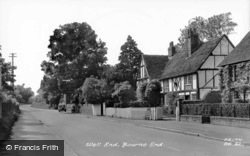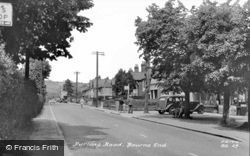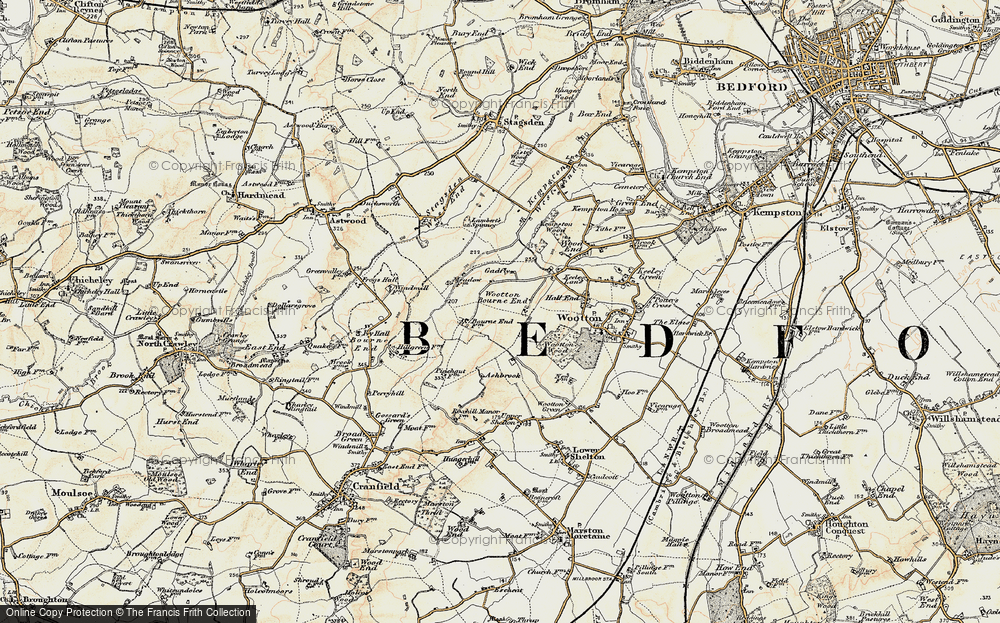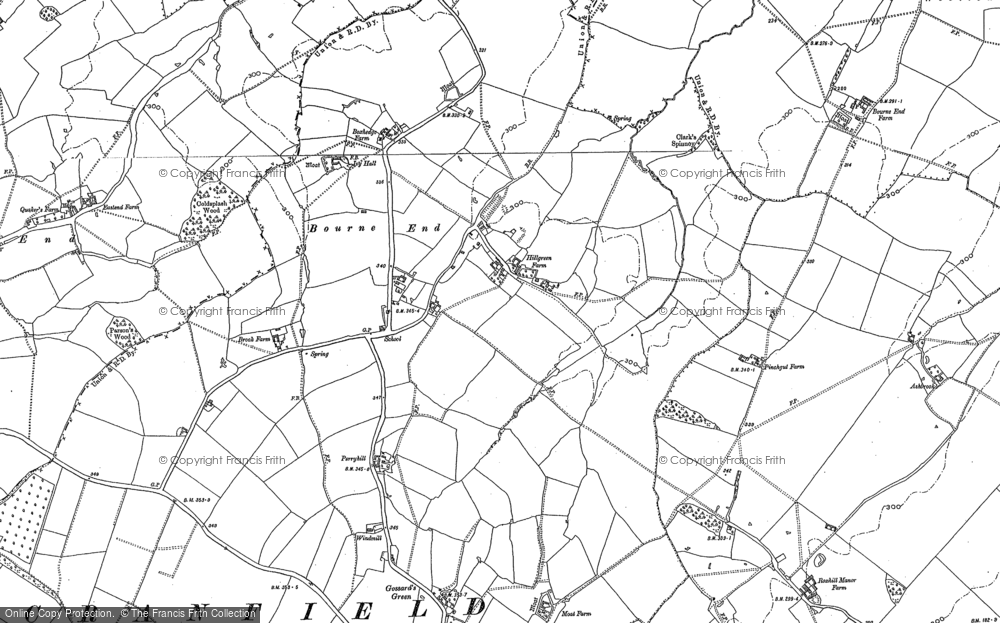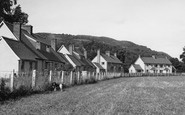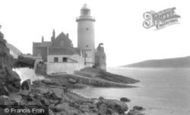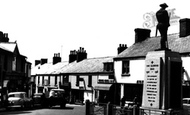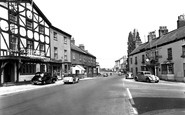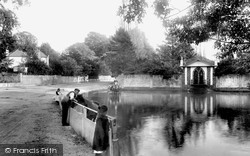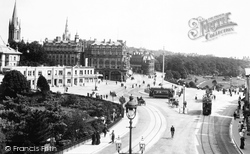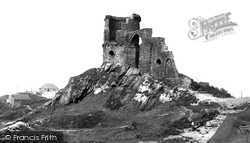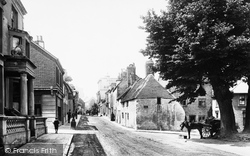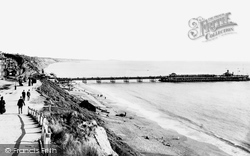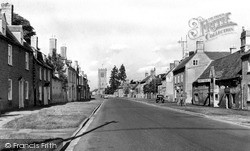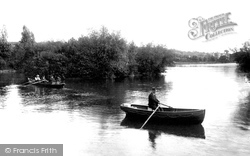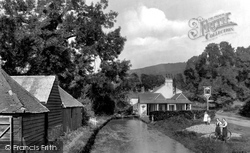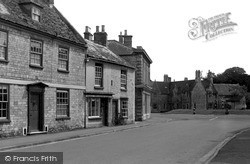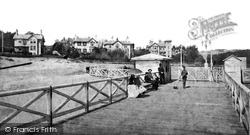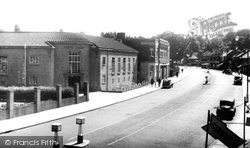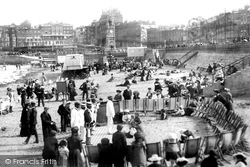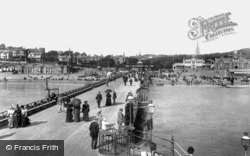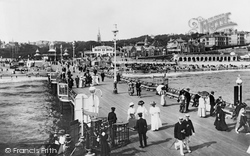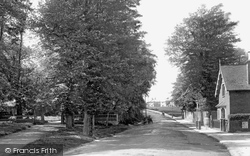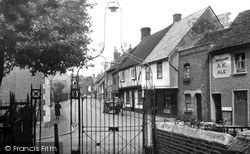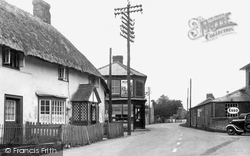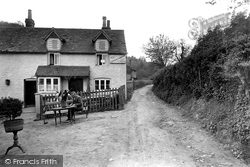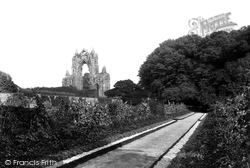Places
5 places found.
Those places high-lighted have photos. All locations may have maps, books and memories.
Photos
58 photos found. Showing results 21 to 40.
Maps
22 maps found.
Books
Sorry, no books were found that related to your search.
Memories
1,553 memories found. Showing results 11 to 20.
Childhood Memories
Knutsford holds a special place in my heart as I was born there in 1956 and spent nearly eight years of my childhood growing up in this then safe and close community. I have very strong memories of family, home, school and ...Read more
A memory of Knutsford in 1962 by
Maes Y Llan Where I First Lived
These houses are in Maes-y-llan.My father Den and mother Hilda Wildblood with my sister Anne were the first to live in Number 6 when the houses were built in 1948 I believe.I was born in 1954 and it was my first home ...Read more
A memory of Meifod in 1955 by
My Early Years
On the 2nd September 1952 I was born at Manor Farm. I lived there with my parents, my maternal grandfather and two older brothers. I know my grandmother was alive when I was born but, unfortunately died soon after. My ...Read more
A memory of Yealand Conyers in 1952 by
Living At The Cloch
I was a lighthouse keeper at the Cloch lighthouse from 1967 until 1972. I lived there with my wife Edna and our two children Andrew and Karen who should have been born there but she was overdue and so had to be born at the ...Read more
A memory of River Clyde in 1967 by
Sunday Mornings
My mother in law, then Marie Elizabeth Burston born 1921 in Wales, whilst in service at Hartlebury House used to go to church every Sunday morning. The postman played the big organ. Every morning she had to give him and the ...Read more
A memory of Painswick in 1930 by
Stepping Back In Time
It started when my mother was dying, when we asked her about the family history, and she gave us names and dates. Her family came from France in late 1500. They were Hugenots and they were Puritans, and were chased out of ...Read more
A memory of Cinderford in 1995 by
Coopers And Booths
My Great, Great Great Grandfather, William Booth, used to push a cart up and down the streets of Clayton le Moors with his son John Booth, selling shellfish. He was known as 'Muscle Bill' and his son, 'Oyster Jack'. (This ...Read more
A memory of Clayton-Le-Moors in 1890 by
"Anne's Cafe"
I was born in Annes Cafe, Boroughbridge in 1940 (we were lodging there). Dad used to have a few beers in the Crown and the Three Greyhounds during WW2. Mum and Dad told me they used to go "skinny dipping" in the "fish ladders?" ...Read more
A memory of Boroughbridge in 1940 by
Bush Hotel
My great granduncle and aunt managed the Bush Hotel - certainly in 1901. He was James Price, born in Ifton (Ilton?) Monmouthshire c. 1862 and his wife, Mary Pearce born in the same place C 1865.
A memory of Chepstow in 1900 by
Torpoint Memories
I was born in Tor House Torpoint in 1933. Tor House was purchased by my Grandfather R S G Norgate, Royal Navy, in the early 1900s. My Uncle Dr Robert Norgate inherited the property in 1934. My Brother Joseph and I lived with my ...Read more
A memory of Torpoint in 1943 by
Captions
123 captions found. Showing results 25 to 48.
The pond is in central Ewell; the wall separates it from the grounds of Bourne Hall on the right.
The Square stands at the very heart of the town, astride the River Bourne.
Mow Cop could be said to be the birthplace of the Primitive Methodist movement, for it was here in 1807 that Hugh Bourne (1772-1852) and William Clowes (1780-1851) held their first meetings.
This view captures well the qualities of old East Bourn, now called the Old Town.
Bournemouth pier stands above the original mouth of the River Bourne. Its construction marked the town's commitment to its role as a resort.
This view looks north along the A15 towards the church of St Guthlac and Bourne.
Mow Cop could be said to be the birthplace of the Primitive Methodist movement, for it was here in 1807 that Hugh Bourne (1772-1852) and William Clowes (1780-1851) held their first meetings.
The lake is now restricted to boaters; they may take out a skiff, but no private motor boats or any such thing noisy and anti-social.
The Tilling Bourne quietly adds its own liquid note to this peaceful scene as its flows past The Compasses, one of two pubs in this small village on the main Guildford to Dorking road.
This is the A15 road coming in from Bourne, which makes the traffic island a very busy place - it is now much smaller than it is in the picture.
It lies along the slopes of a narrow valley at the head of a stream that flows towards the Tilling Bourne.
Bournemouth's Pier stands above the original mouth of the Bourne Stream. Its construction marked the town's commitment to its role as a resort.
The Library and adjacent buildings on the left are of more recent date than those on the right because there was a regular problem with flooding on this side of the road, caused by the local Bourne stream
In the eighties and nineties of the 19th century the most famous Margate 'negro', his face blackened by burnt cork, was 'Uncle Bones'—actually Alfred Bourne, a native of Margate.
The Pleasure Gardens with their scented pines and attractively laid out grounds were popular with people of all ages, at a time when fashion and social mores decreed that the human form should remain
This is the A15 road coming in from Bourne, which makes the traffic island a very busy place - it is now much smaller than it is in the picture.
From the ever-green valley of the Bourne (whence arose the nucleus of this resort) Bournemouth stretches for miles in either direction upon the sandy cliffs and pine-clad table-land of a gently curving
Bournemouth Pier stands above the original mouth of the River Bourne. Its construction marked the town's commitment to its role as a resort.
But most of all, Edwards remembered Clay Hill - West Hill as it is now - where he enjoyed the hospitality of Colonel Dennis O'Kelly, and was taken to view his stables.
With the wrought iron gate and lantern frame in front of us, we look northwards towards Bourne Close and eventually, by a footpath across the fields, to Moles Farm and the Sow and Pigs public house at
The pond is situated at the junction of the London and Chessington Roads.
It is also the meeting point for two of Hampshire's smaller, lesser-known waterways - the Bourne rivulet and the River Swift.
Another of the small iron-working hamlets in the valley of the Tilling Bourne, Friday Street probably derives its name from the Scandinavian goddess Frigga; it still enjoys its peaceful setting above a
see the priory ruins viewed from the south as in the view of 1885; but by the time of this photograph, Margaret, later first Lady Gisborough, along with her head gardener, Kew-trained James Bourne
Places (5)
Photos (58)
Memories (1553)
Books (0)
Maps (22)


